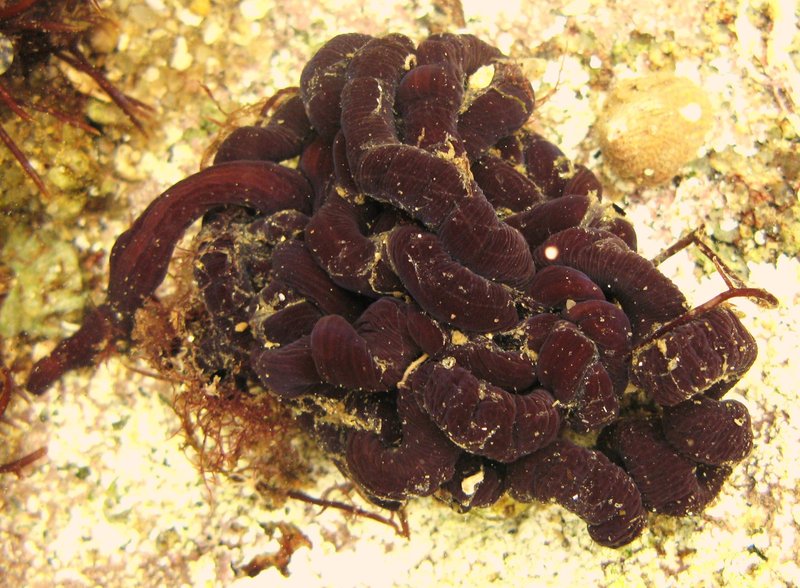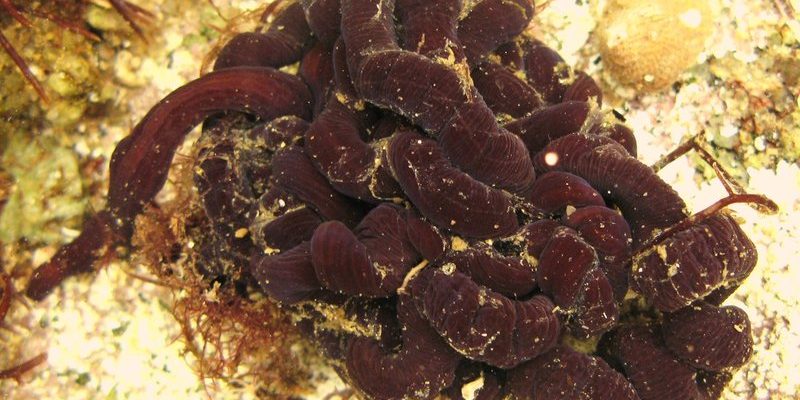
Bootlace worms, known for their impressive length, can grow up to 30 meters in some cases! Meanwhile, flatworms tend to be shorter and flatter. They might not be as flashy, but their colors and shapes can be just as intriguing. In this article, we’ll dive into the world of these worms, explore their characteristics, and help you differentiate between the two. So grab a cup of coffee, and let’s get started!
What Are Bootlace Worms?
Bootlace worms belong to a group called *Lineus*, and they’re fascinating creatures. Their most striking feature is their incredible length—some have been recorded at lengths of up to 30 meters! It’s like they’re the superstars of the worm world, right? They usually have a long, slender body, which can be quite colorful. You might come across shades of brown, green, or even vibrant orange.
These worms are typically found in marine environments, where they burrow into sand and mud. You might be wondering how they move. Bootlace worms have a unique way of propelling themselves through their habitat. Not only do they slither like traditional worms, but they can also swim by contracting their bodies. This means they can navigate through the water, making them versatile survivors in their underwater world.
What Are Flatworms?
Flatworms, or *Platyhelminthes*, are another diverse group of worms with a whole lot of charm. They usually have a flattened body, which gives them a distinctive appearance. You might notice that they come in various colors and patterns, ranging from muted browns to vibrant blues and reds, often looking like a piece of art under the sea.
Unlike bootlace worms, flatworms are typically much shorter, often measuring only a few centimeters in length. This makes them easier to find in shallow water. They can be found in various aquatic environments, including freshwater ponds, streams, and even dark, damp places on land. Their flat bodies allow them to blend in seamlessly with their surroundings, making them natural masters of camouflage.
Key Differences in Appearance
Now that we have a basic understanding of what bootlace worms and flatworms are, let’s get to the nitty-gritty—how to tell them apart! Here are some of the main differences:
- Body Shape: Bootlace worms have a long, cylindrical body, while flatworms, true to their name, have a flattened, ribbon-like shape.
- Size: Bootlace worms are generally much longer, often surpassing the length of a flatworm by several meters.
- Color: While both can be colorful, bootlace worms often display brighter colors, including hues of orange and green, whereas flatworms can have more muted tones, depending on their species.
- Movement: Bootlace worms can swim and crawl, whereas flatworms primarily crawl along surfaces.
Being aware of these differences can help you confidently identify these two fascinating worms when you come across them in the wild.
Habitat and Behavior
Understanding where these worms live can also give you clues about their identities. Bootlace worms thrive in marine environments, often found buried in sandy or muddy substrates. Their habitat plays a big role in their behavior. These long creatures prefer to stay hidden, using their length to their advantage when it comes to staying out of sight from predators.
On the flip side, flatworms can be found in various environments. Some love the ocean, while others enjoy freshwater habitats and even damp terrestrial spots. Their behavior is pretty fascinating as well. Flatworms can be more active and visible compared to bootlace worms. You might even spot them gliding along surfaces, hunting for tiny prey like microscopic organisms.
Feeding Habits
When it comes to food, both bootlace worms and flatworms have some unique preferences. Bootlace worms are typically carnivorous, preying on small invertebrates like crustaceans and other worms. They often use a combination of their ability to swim and stay hidden to hunt down their meals.
Flatworms, on the other hand, have a broader diet. Some species are herbivorous, while others are carnivorous, feeding on tiny organisms, including bacteria and tiny crustaceans. Their method of feeding is equally interesting; many flatworms have a specialized mouth that can extend to reach food. This unique feature allows them to access a variety of prey, adapting to diverse environments.
Ecological Importance
Both bootlace worms and flatworms play significant roles in their ecosystems. Bootlace worms contribute to the health of marine environments by breaking down organic materials and recycling nutrients. Their burrowing activity helps aerate the sediment, which benefits other organisms living in the same habitat.
Flatworms, on the other hand, can be indicators of environmental health. Since some species are sensitive to pollution, their presence or absence can signal changes in water quality. Additionally, flatworms serve as food for a variety of marine animals, helping to maintain the balance in their ecosystems.
How to Observe Them Safely
If you’re eager to observe these worms up close, it’s essential to approach them safely and respectfully. Here are a few tips:
- Use a net: If you’re searching in shallow waters, a fine-mesh net can help you scoop them up without causing harm.
- Observe from a distance: If you see them in their natural habitat, take a moment to watch their behavior without disturbing them.
- Research local regulations: Some areas may have rules about collecting marine life, so be sure to check before you dive in.
Understanding the importance of these creatures and their habitats will make your exploration more meaningful and enjoyable.
Differentiating bootlace worms from flatworms may seem daunting at first, but now you’re armed with the knowledge to spot the difference. Whether it’s their body shape, habitat, or feeding habits, recognizing the unique features of each can enhance your appreciation for these fascinating marine creatures.
So, the next time you find yourself by the water, take a closer look—you might just discover a bootlace worm slithering through the sand or a flatworm lounging on a rock. Remember, observing our natural world is all about curiosity and respect. Happy exploring!

